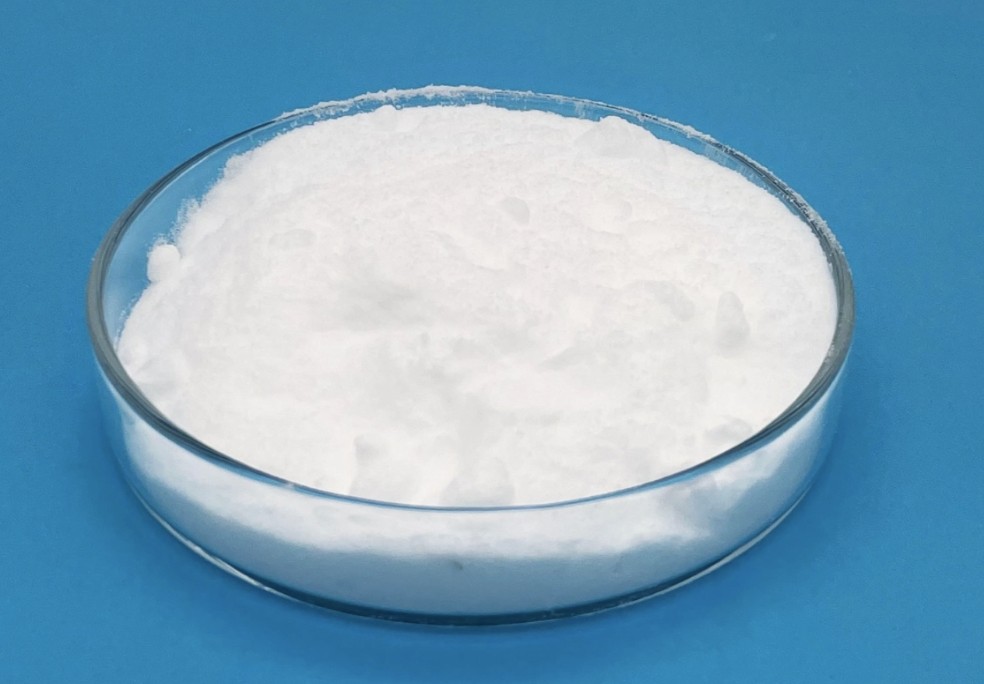Tetracaine
CAS NO.: 94-24-6
Čistota: 99%
Molekulárny vzorec: C15H24N2O2
Molekulová hmotnosť: 264.3633
Popis: biely prášok
Špecifikácia: USP
Uses: Local anesthetic
Tetracaine (INN, also known as amethocaine; trade name Pontocaine. Ametop and Dicaine) is a potent local anesthetic of the ester group. It is mainly used topically in ophthalmology and as an antipruritic, and it has been used in spinal anesthesia. It is on the World Health Organization's List of Essential Medicines, a list of the most important medication needed in a basic health system.
(1) In biomedical research, tetracaine is used to alter the function of calcium release channels (ryanodine receptors) that control the release of calcium from intracellular stores. Tetracaine is an allosteric blocker of channel function. At low concentrations, tetracaine causes an initial inhibition of spontaneous calcium release events, while at high concentrations, tetracaine blocks release completely.
(2) Tetracaine is the T in Tac, a mixture of 5 do 12 per cent tetracaine, 5M(per myriad), a half per mille (0.5‰), alebo .05 percent (1 part in 2000) , a 4 alebo 10 per cent hydrochloride used in ear, nose & throat surgery and in the emergemcy department where numbing of the surface is needed rapidly, especially when children have been injured in the eye, ear, or other sensitive locations.
(3) Tetracaine is synthesized from 4-butylaminobenzoic acid. The ethyl ester is formed through an acid-catalyzed esterification reaction. Base-catalyzed transesterification is achieved by boiling the ethyl ester of 4-butylaminobenzoic acid with excess 2-dimethylaminoethanol in the presence of a small amount of sodium ethoxide.
Before using Tetracaine, barbiturates should be taken first. A small amount of adrenaline should be added into Anesthetic to improve capillary contraction, and decrease drug absorption.
You should make a trial before using topical anesthetic. Only without allergic reaction can appropriate amount be used.In biomedical research, tetracaine is used to alter the function of calcium release channels (ryanodine receptors) that control the release of calcium from intracellular stores. Tetracaine is an allosteric blocker of channel function. At low concentrations, tetracaine causes an initial inhibition of spontaneous calcium release events, while at high concentrations, tetracaine blocks release completely.Used for mucosal epidermal anesthesia, nerve tissue anesthesia, epidural anesthesia and Subarachnoid space anesthesia.In the manufacture of pharmaceutical preparation for external use, to relieve the pain of drugs or medication lesions pain.
Tetracaine HCL is synthesized from 4-butylaminobenzoic acid. The ethyl ester is formed through an acid-catalyzed esterification reaction. Base-catalyzed transesterification is achieved by boiling the ethyl ester of 4-butylaminobenzoic acid with excess 2-dimethylaminoethanol in the presence of a small amount of sodium ethoxide.
Tetracaine is the T in Tac, a mixture of 5 do 12 per cent tetracaine, 5M(per myriad), a half per mille (0.5‰), alebo .05 percent (1 part in 2000) , a 4 alebo 10 per cent hydrochloride used in ear,nose & throat surgery and in the emergemcy department where numbing of the surface is needed rapidly, especially when children have been injured in the eye, ear, or other sensitive locations.
| Testovacie položky |
Špecifikácia |
Výsledky testu |
| Vzhľad |
Dobre, biely, kryštalický, prášok bez zápachu |
potvrdiť |
| Identifikácia |
ABC v Pass |
potvrdiť |
| Rozpustnosť |
Veľmi dobre rozpustný vo vode, rozpustný v alkohole;
nerozpustný v éteri a benzéne |
potvrdiť |
| Referenčné štandardy USP |
USP tetrakaín hydrochlorid RS
USP Endotoxín RS. |
potvrdiť |
| Bod topenia |
145~150 stupňov |
146.0~147.5 degree |
| Chromatografická čistota |
In Pass |
potvrdiť |
| Súvisiaca látka |
Nie viac ako referenčný roztok 0.05% |
potvrdiť |
| Ťažké kovy |
≤ 10 ppm |
potvrdiť |
| PH |
4.5-6.5 |
5.8 |
| Zvyšky po zapálení |
≤ 0,10 % |
0.05% |
| Strata sušením |
≤ 0.5% |
0.19% |
| Skúška |
98.0 -101.0% |
100.1% |






















